Blue Angels Ride Along: The Flying, Flipping, Hooking and Hicking

Western Kentucky has never looked more beautiful than it did from the cockpit of a Blue Angels F/A-18 Super Hornet cruising through clear blue skies at 5,000 feet. The twin-engine fighter jet’s canopy allowed 360-degree aerial views of the landscape down below, and my head swiveled back and forth to soak it all in. Wide-eyed and in disbelief of life in that moment, I tried to trace the highways and the Ohio River to spot any familiar areas below. God’s Country, we call it, stretched as far as I could see in any direction, and the views were incredible.
Then with the flip of a switch, the fun game of “Where’s Madisonville?” came to an abrupt end, and the opening bell rang for a heavyweight fight with gravity.
“Get in your G-strain,” Lieutenant Julius Bratton, Pilot No. 7, said through a microphone into my helmet before he kicked on the jets and sent our fun little joy ride through the spin cycle. This is the part where it is pretty common to pass out from the gravitational force as the acceleration of the jet and the G-forces working against it will drain the blood from the brain down to the feet, resulting in a loss of consciousness.
But first, you are probably wondering how I got here.
A prelude to the weekend’s Owensboro Air Show, I was given a once-in-a-million-lifetimes opportunity to take a VIP flight as part of the Blue Angels’ influencer program, which selects two extremely lucky civilians from the local community for a ride-along. This year, Owensboro Detective Hunter Hinton and I were the lucky ones chosen to experience firsthand what it takes to be a demonstration pilot, from the backseat of the cockpit behind one of the best of the best from the U.S. military.
For this flight, Lt. Bratton piloted the aircraft as part of his regular responsibilities as Blue Angel No. 7. A decorated pilot and United States Naval Academy graduate, Bratton joined the Blue Angels in 2019, and currently serves as the air show’s narrator and deputy coordinator, another role No. 7 holds during service.
With over 1,800 flight hours to his name, I felt more than safe with Bratton at the controls. After all, it’s a Boeing war machine made for the Navy, being navigated by one of the top one-percent of pilots on the planet; no need to panic, it’s not like we were flying Allegiant to Disney.
That being said, the hour-long trip through the clouds was incredibly intense during high-G manuevers, of which there were many, and it took a grueling toll on the body. For the Blue Angels to undergo those physical and mental challenges on a regular basis, while remaining composed so they are able to, you know, fly the jet; they are some of the baddest human beings on the planet. And it was truly an honor to fly with one.
If you want to know what it’s like to not be one of the baddest human beings on the planet but lucky enough to ride shotgun with one, there was a GoPro on board (pointed directly at my face) and Brent Wainscott produced a short highlight video so you can get a glimpse of the journey.
But first, a written timeline of events and some takeaways you may find interesting from the day.
(Or you can skip on down to the video at the bottom.)
The G-Strain
The day began with pre-flight training with Crew Chief Jordan Walls in the pilots’ lounge of Owensboro’s MidAmerica Jet where he went over everything I would need to know for the day, including how to avoid a mid-air nap during high-G maneuvers. The most important piece of the morning training, Walls taught the Anti-G Strain Maneuver (AGSM) used by fighter and acrobatic pilots to prevent G-LOC, short for G-force induced loss of consciousness.
The G-strain requires full body strength and a specific breathing pattern, and must be maintained throughout the entire maneuver in air to keep blood flowing where the human body needs it to flow. It begins at the feet by pushing against the floor of the cockpit with all of your leg strength while squeezing your thighs and knees together like Suzanne Somers in the old Thighmaster commercials. With every leg muscle at work, you must also squeeze your glutes like you just ate a hot plate of Mexican food and are still 10 minutes from home, while also flexing your abdomen as if you were taking punches to the stomach. The muscle tension throughout the lower body pools blood in the legs and abdomen, and though extremely fatiguing, it is the easy part.
The breathing is where the real work comes in to maintain oxygen and decrease carbon dioxide in the blood, while also refilling the lungs with air, relieving intense pressure on the chest and keeping the heart pumping. Like I said, it’s pretty important. For this, the Blue Angels execute a repetition of the hick/hook breathing maneuver. These are short, 3 to 4 second breaths using 3/4 of the lungs by making a “hick” or “hook” sound. The “k” at the end clinches the vocal cords and works the neck muscles to stack breathing.
The “Bonus Flight”
The ‘G-strain’ was the most important part of training, but it was not the most intimidating lesson of the morning. We also covered what to do in case of… EJECTION. Yes, we had the talk about what happens if I need to eject myself from the aircraft and into the sky.
Turns out, the F/A-18 Super Hornet was not built for civilian travel so all of the controls are exposed, and one in particular is terrifying. Tucked right between my legs with nothing but caution tape to remind me not to touch it, the ejection lever was there for the pulling should I need to remove the aircraft’s canopy and launch my seat toward space in a quickness.

I was assured it wouldn’t be needed for a routine flight like the one I was about to take, but just in case, I was instructed on how to tuck my neck and limbs for the “bonus flight,” as Walls called it, and how to then reach up to grab the parachute’s toggles to safely navigate myself to my own crash landing. He recommended finding an open field or farmland, and how to roll my body with impact to avoid major injury, before I signed off on a slip of paper saying I understood.
I was told that on the third “eject” command from the pilot, I would be sitting alone in the cockpit if I hadn’t pulled my own lever already. He wasn’t waiting around.
The “bonus flight” was not needed, thankfully.
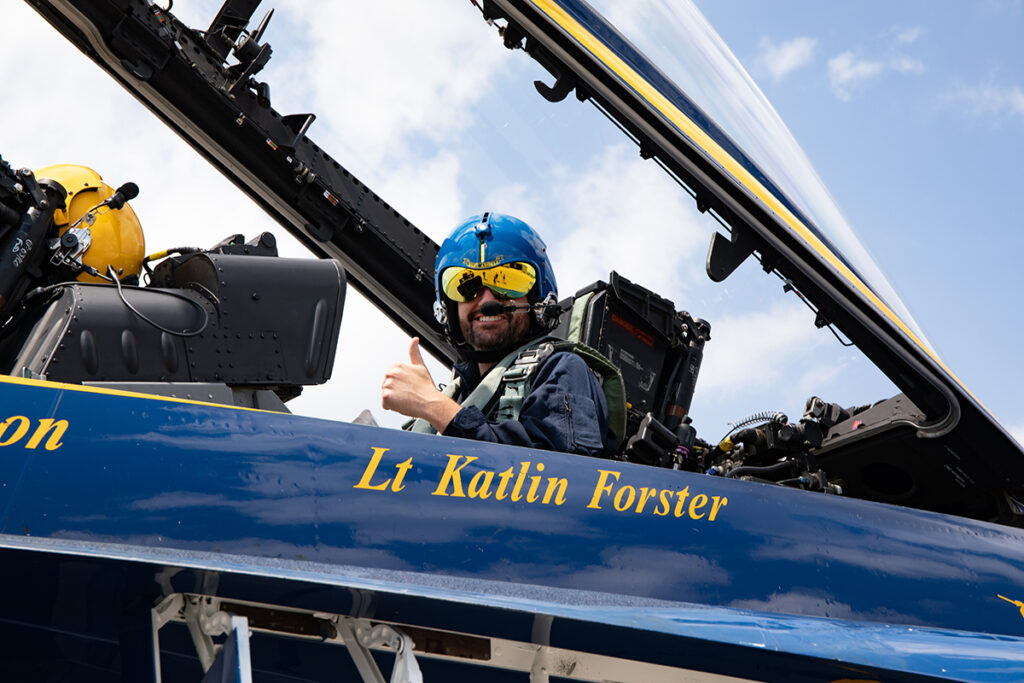
The Takeoff
After Crew Chief Walls harnessed me in and we rehashed everything I learned that morning, Lt. Julius Bratton emerged from the hangar in a crisp Blue Angels uniform and aviators, looking the All-American hero you would imagine. He climbed up the ladder to the aircraft, gave me a firm handshake from the wing, then took his place up front and pulled his helmet over his head.
“Whiskers,” his call sign, was inscribed on the back of his helmet.
Walls strapped me with two barf bags to keep the back of that helmet clean.
Minutes later, the canopy closed and we began our coast toward the back of the runway.
“Let’s go flying, Drew,” Lt. Bratton said to me through our communication system as the Super Hornet began to cruise above ground.
Top 10
- 1Hot
Cats demolish Purdue
When do we play the hard teams?
- 2New
'96 comparison
Pope is thinking '96 after Purdue win
- 3New
Highlights
Let's go ahead and relive that
- 4
UK vs. Purdue
Live updates
- 5Live
RAPID REACTION
The takes a FLYING!
Get the Daily On3 Newsletter in your inbox every morning
By clicking "Subscribe to Newsletter", I agree to On3's Privacy Notice, Terms, and use of my personal information described therein.
“Ready, hit it!”
Within milliseconds, the nose of the aircraft was pointed toward the Lord in what felt like a 90-degree upward turn from parallel to the runway. We hit 6.4 G-forces and were at 5,000 feet before I had time process what was happening.
All I could do was smile, in part with excitement, but also because gravity was trying to rip my cheeks off. And this was only the beginning.
The G Practice
Once we were in the air, Lt. Bratton tested my endurance with four stunts from “G-warm” to the full G-strain to gauge the level of intensity I could withstand. First we made a 2-G right turn with no strain, then we tested out my legs with a 3-G turn the opposite direction. At 4 G’s he instructed me to add the abdominal flex, and at this point I could really feel the power. It felt like I weighed a thousand pounds and I was being crushed by my own body weight. Still, I felt alright and wanted more.
For one final test, we hit 6.7 G’s on a sharp right turn and then eased back to 4 and on down. It was even more intense than I expected, and I’ll admit the curtains were closing. I experienced tunnel vision with darkness creeping in on both sides, and had the turn gone another couple of seconds, I think I would’ve gone down for the count. But, I hicked and hooked and flexed enough to stay alert, and we were on to more intense flying in the sky without restrictions.
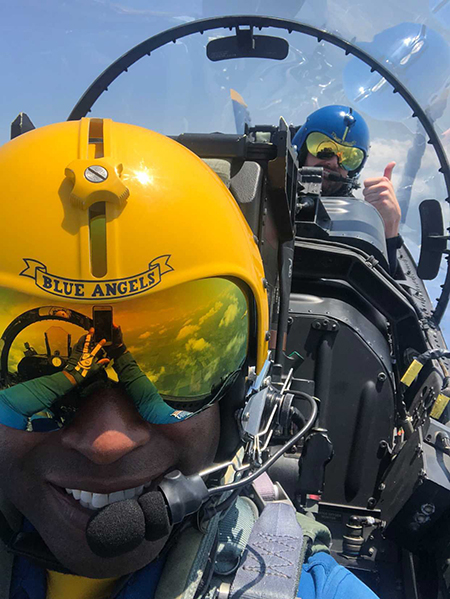
The Flight
We checked the box on G-force tolerance and did a few barrel rolls to sign off on motion sickness, and then the fun really began.
First he performed a Half Cuban 8 maneuver that ended by speeding straight downward at over 7 G’s, way more than you’ll find on any roller coaster.
“Pullin’ G’s!” he said when it was over as I reached up to see if my face was still securely fastened to my skull.
We continued to do more, up near 8 G’s on two or three maneuvers, leaving my entire body sore for days when it was over. You know that whole body soreness the day after you’ve been in a car accident? It’s like that, from flexing everything you have at once.
Some moves that were a little less taxing on the body: we chased the speed of sound somewhere over Illinois at 700+ mph; and in complete contrast, went “slow flying” in idle and watched the water vapor knocked from the atmosphere behind us.
For a full vertical loop, he lined up with a long road beneath us and pulled the nose up until we found the smoke trail behind us in the sky, then the road again.
At one point we simulated space by hitting zero G’s at the top of a steep climb. To pull this off, Lt. Bratton flew the jet in an upward trajectory at high speeds and cut it off at the top of the climb to completely shut out gravity, creating a sense of weightlessness in the cockpit. All day I had been fighting to pull myself from against my seat, but at zero gravity I felt like I could float out of the jet and into the sky.
All of that versatility just goes to show what amazing things the Blue Angels’ aircrafts can do, and the level of expertise it takes to fly one. There aren’t enough words to truly articulate what it was like to experience it in a ride along, and I’m forever grateful for the adventure.
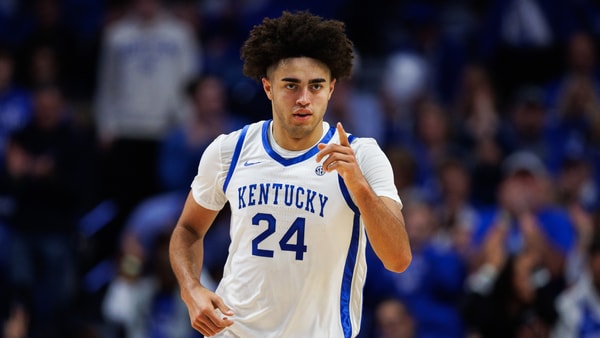
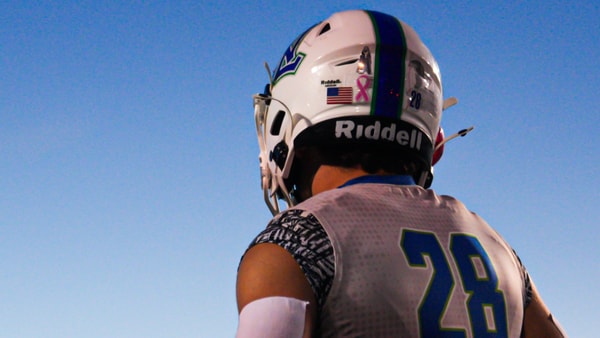
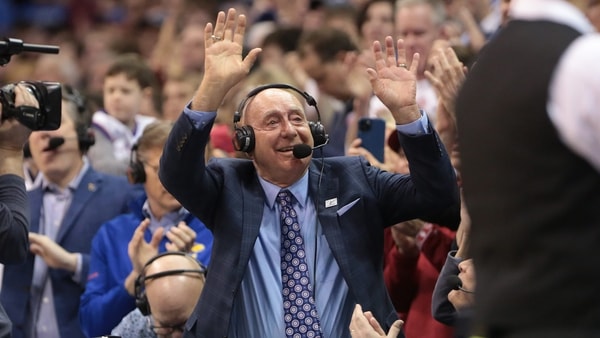
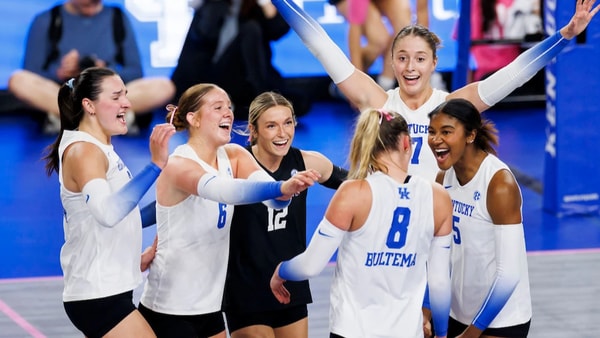
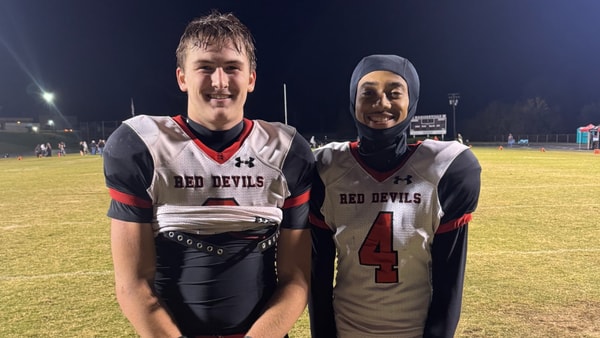
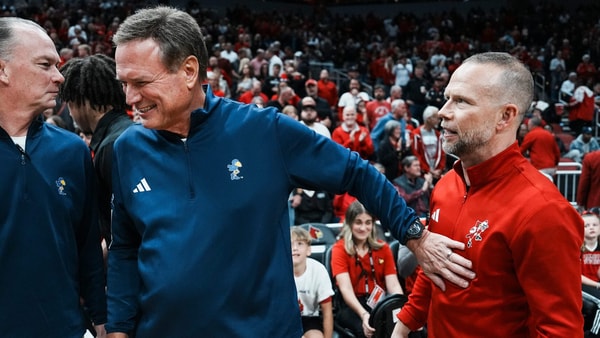
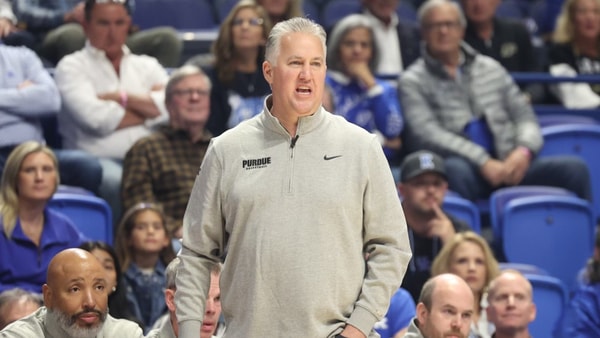
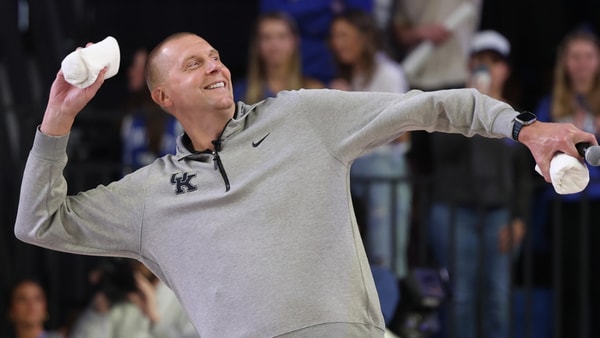
Discuss This Article
Comments have moved.
Join the conversation and talk about this article and all things Kentucky Sports in the new KSR Message Board.
KSBoard